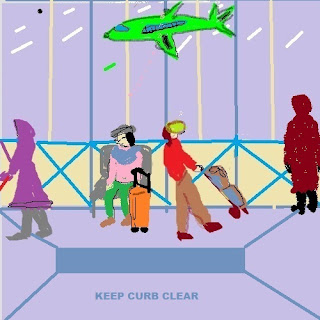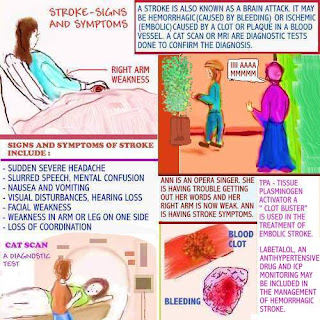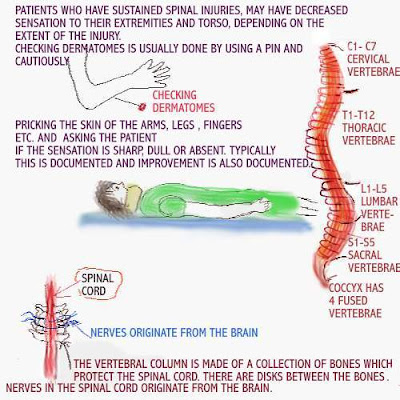EXPLORING TRAVEL AND INFECTION
Many people travel to different places. Some flights
are long, some are short. Infection can easily spread
from one place to another.
Using such areas like wash rooms, going through
checkpoints, picking up baggage and endless sharing
of communal areas, may all make a contribution to
spreading infection.
A healthy Immune System works to prevent the spread of
infection. If however, the immune system is weakened, the
body loses the ability to fend off infection.
An intravenous infusion may be started in a peripheral site
or a central line site. It is important for the nurse to recognize,
that every effort should be made , to prevent an infection.
Learn more, by clicking on the link below:
IV site assessment
Infection may be spread in many ways. Public places
such as restaurants, coffee shops, buses and more, are
likely to be major ways to allow the spread of infection.
Infection if not carefully treated, may progress to Sepsis.







.JPG)











